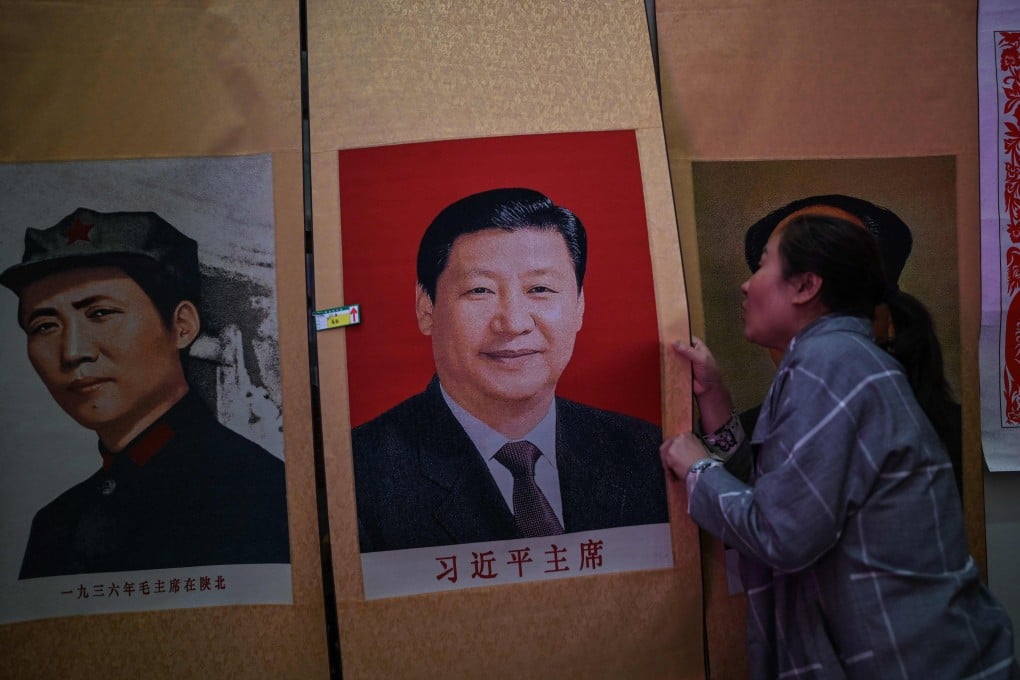China Briefing | From Mao and Xi to the Snows, does their legacy in Yan’an continue to define China’s future?
- As the Chinese Communist Party gears up for its centenary on July 1, the city of Yan’an – where two of the country’s leaders lived – has become a sacred site
- It is also where Americans Edgar and Helen Foster Snow interviewed Mao and brought his story to the West, a prospect that would be much more difficult today

The party may pride itself on being atheist, but it has no qualms in describing Yan’an as a revolutionary holy land. Party members and ordinary people travel there like pilgrims, many dressed in the blue costumes of the Red Army.
It was there that Mao Zedong and other party leaders set up the main revolutionary base in 1935 following the Long March, and where they spent 13 years forging the ragtag Red Army into the powerful People’s Liberation Army, which they led to take control of the country and found the People’s Republic in 1949.
This month, I joined a group of international journalists on a government-organised tour of the key holy sites in the city, where I also attended a forum to discuss the legacy of the American journalist Edgar Snow and his wife Helen Foster Snow. In 1936, Snow became the first reporter from the United States to enter red territory, where he spent many nights talking with Mao and other party leaders – conversations that led to the publication of his famous book Red Star Over China, which gave the outside world an understanding of the party and Mao for the first time.

Yan’an, today home to more than 2 million people, has long been associated with its distinctive cave homes and yellow Loess Plateau, conjuring up an image of barren land. But driving through the city, one cannot help but notice the dense greenery on the rolling hills surrounding the narrow strip of the downtown area. While local officials used every opportunity to praise Xi’s leadership, they also acknowledged that the city began restoring cultivated land as early as 1998 by paying the farmers to leave their cave houses on the hills under a scheme known as “grain for green”. These days, the city has acquired a modern look, dotted with high-rise residential and office buildings, while a few cave houses have been preserved to cater to tourists.
Mao’s cave dwellings are a must-see highlight in the city, which is home to 445 sites of the party’s early revolutionary activities and 30 similarly themed museums. During his 13 years in Yan’an, Mao lived in a number of different cave homes, but the Zaoyuan and Yangjialing sites are the most impressive. At Yangjialing, his dwelling occupies two caves and features a wooden writing desk, two deck chairs, a bed and a family portrait on one wall, showing him with his fourth wife Jiang Qing and one of their children.
